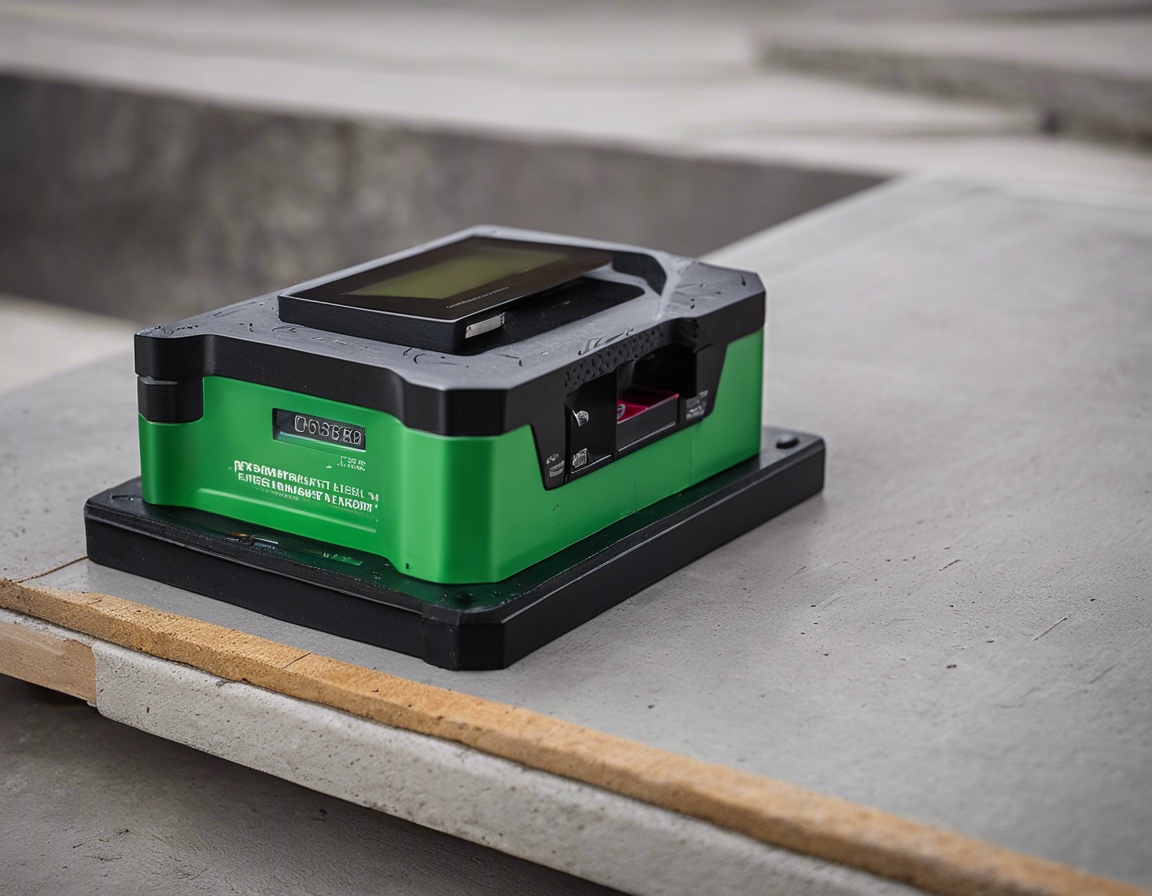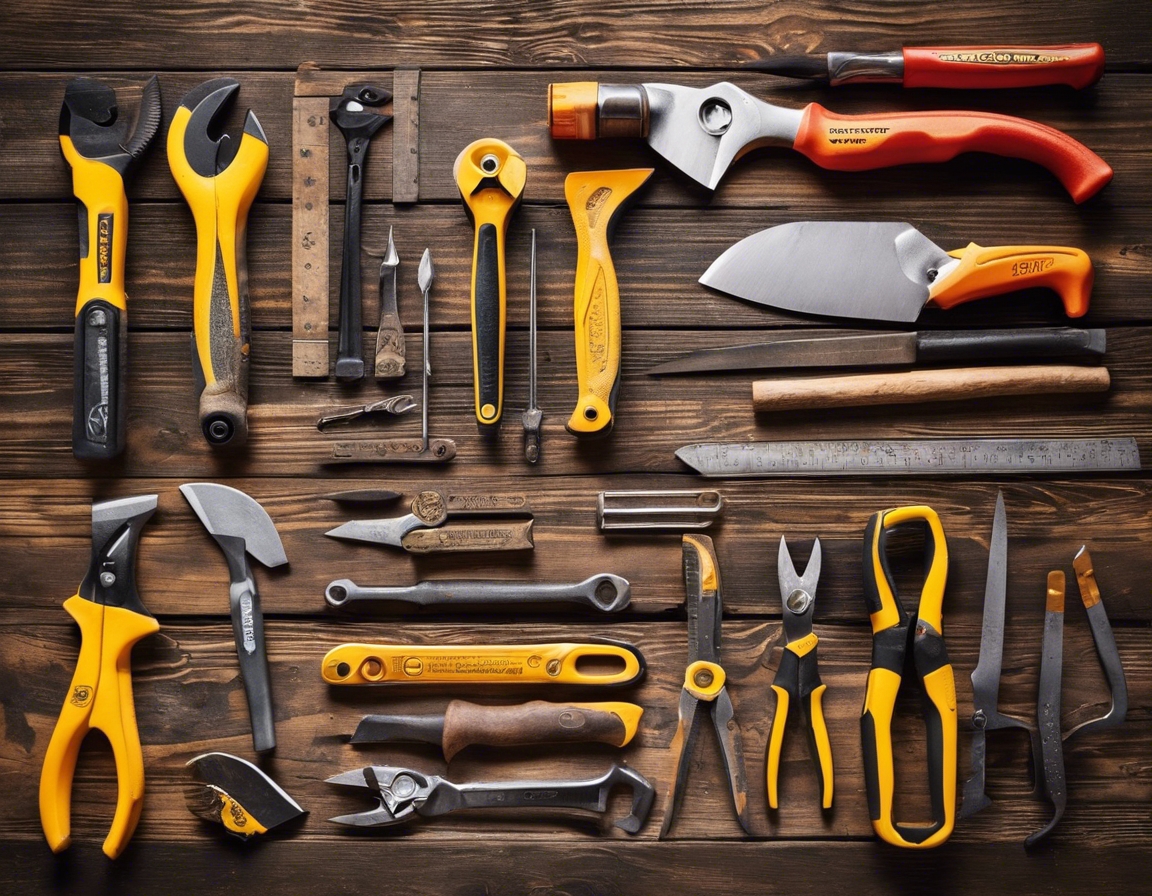The future of construction: innovations in lifting technology
The construction industry is on the cusp of a new era, with technological advancements poised to revolutionize the way we approach heavy lifting and handling. As we look to the future, innovations in lifting technology are not just anticipated; they are necessary to meet the increasing demands of efficiency, safety, and precision in large-scale industrial and construction projects.
Today's construction landscape is fraught with challenges that include stringent safety regulations, the need for higher efficiency, and the complexities of urban construction. These challenges necessitate a rethinking of traditional lifting methods and equipment.
Innovation in construction is not a luxury but a requirement for staying competitive and meeting the evolving needs of the industry. It is the driving force behind improved performance, cost-effectiveness, and environmental sustainability.
Emerging Technologies in Lifting Equipment
One of the most significant trends is the shift towards electrification. Electric lifting equipment offers numerous benefits, including reduced emissions, lower noise levels, and improved energy efficiency.
Automation and robotics are transforming lifting operations. Autonomous cranes and robotic arms can perform repetitive tasks with precision, reducing the risk of human error and enhancing productivity.
Telematics systems are becoming increasingly common in lifting equipment, allowing for real-time monitoring, diagnostics, and remote operation, which can significantly improve the safety and efficiency of construction projects.
Advancements in material science have led to the development of stronger, lighter materials for lifting equipment, enabling the construction of taller structures with less environmental impact.
Improving Safety and Efficiency
Modern lifting technologies are equipped with advanced safety features such as anti-collision systems, load moment indicators, and intelligent limiters that help prevent accidents on the job site.
Intelligent lifting solutions integrate sensors and data analytics to optimize lifting paths, load distribution, and overall project workflow, further enhancing safety and efficiency.
Virtual reality (VR) and simulation-based training programs are becoming essential tools for preparing operators to handle complex lifting equipment safely and effectively.
Environmental Impact and Sustainability
With a growing emphasis on sustainability, the lifting industry is focusing on reducing the carbon footprint of construction activities through the use of electric and hybrid technologies.
The integration of renewable energy sources, such as solar and wind power, into lifting equipment is a promising development for sustainable construction practices.
The industry is also looking at ways to improve the recycling and reusability of lifting equipment to minimize waste and promote a circular economy.
Adapting to New Challenges
As urbanization continues to rise, the construction industry must adapt to the challenges of building in dense urban environments with limited space, necessitating more innovative lifting solutions.
Complex projects require sophisticated project management tools and lifting technologies that can seamlessly integrate into these systems to ensure timely and efficient completion.
The global nature of construction projects today requires lifting solutions that can be easily transported and adapted to different regulatory environments and logistical challenges.





Comments (0)